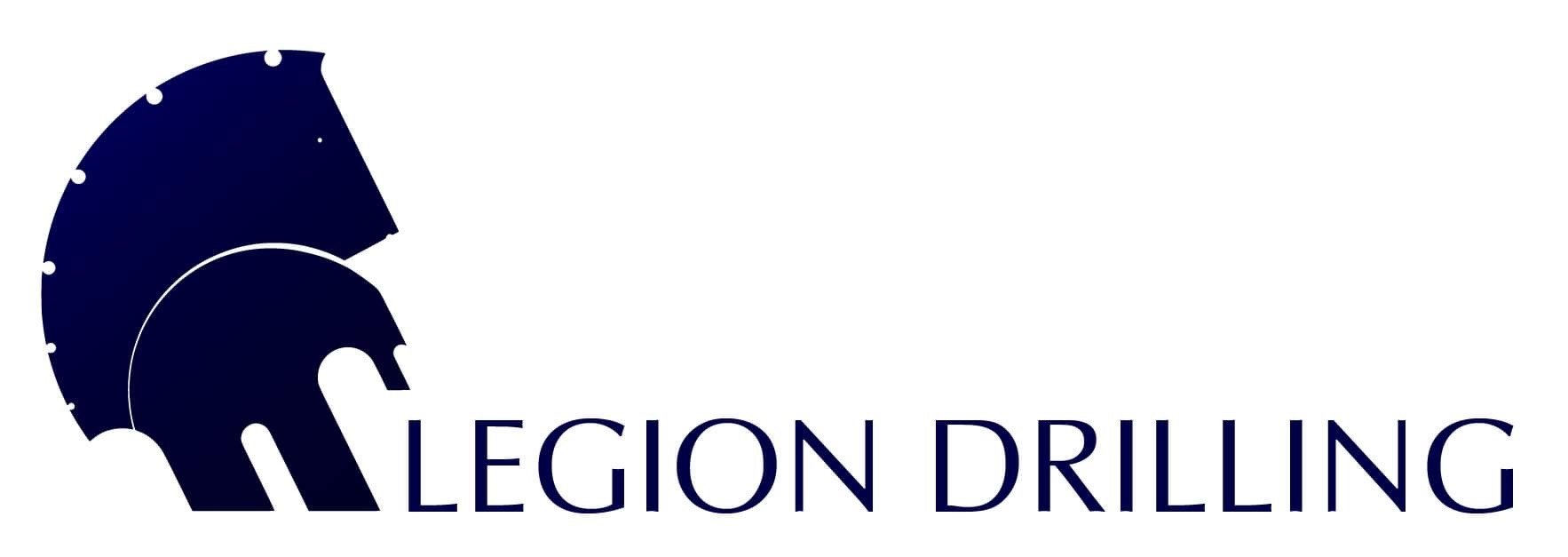In-situ Activated Carbon Injection with BOS 200®
BIOLOGICAL- AND CARBON-BASED REMEDIATION SOLUTION TO TRAP & TREAT PETROLEUM HYDROCARBONS
BOS 200® is a complete system effecting accelerated biodegradation processes on an activated carbon platform. The coupling of sorption and degradation mechanisms reduces the potential for contaminant rebound frequently encountered with conventional remediation technologies.
BOS 200® has been used for the successful treatment of petroleum hydrocarbons (including LNAPL source zones), fuel oxygenates, alcohols, glycols, and cyclic ethers in hundreds of contaminated sites worldwide.
Sorption into the carbon pore space can significantly retard contaminant migration and decrease concentrations in the aqueous phase (five grams of activated carbon have an internal surface area similar to the surface of a professional soccer field!). Additionally, retaining contaminants in the carbon matrix allows longer residence time for contaminants to be degraded by reactive amendments.
MAJOR BENEFITS
Rapid reduction of contaminant concentrations.
Combined enhancement of sustained sorption and biodegradation mechanisms.
Applicable in all geological scenarios from gravelly and sandy aquifers to low-permeability media and bedrock environments.
Not expected to travel substantial distances.
Able to treat LNAPL source zones.
Able to achieve remediation goals in only one injection event.
Passive system with long-term impact and limited rebound effect.
Little remediation-derived waste. No excavation or pumping required.
AUTHORISED INSTALLER OF BOS 200® IN AUSTRALIA AND NEW ZEALAND
Legion Drilling is the only installer of BOS 200® in Australia and New Zealand. We have unrivalled capacity to deliver in-situ remediation projects in a cost-effective and precise manner thanks to our arsenal of drilling rigs, specialised injection equipment, and expertise using direct sensing tooling (MiHPT, UVOST) for high-resolution remedial design characterisation. We mobilise the equipment from our locations in Brisbane, Sydney and Townsville.
We offer a range of injection systems to suit a wide variety of applications and can modify each system for project-specific requirements.
The design and implementation of every BOS 200® project is supported by our US-based partners AST Environmental, Inc. and Remediation Products, Inc. (RPI), who pioneered the use of activated carbon for in-situ remediation and have implemented this technology in hundreds of sites.
UNIQUE FORMULATION
BOS 200® formulation includes:
Micro and macro nutrients.
Time release terminal electron acceptors (sulfate, nitrate).
Consortium of facultative organisms designed to flourish from aerobic to anaerobic conditions.
These amendments are added to powdered, coal-based activated carbon with a wide range of pore sizes (macro-, meso-, and micro-pores) and subsequently injected into the subsurface as a slurry.
EFFECTIVE INJECTION STRATEGIES FOR OPTIMAL AMENDMENT DELIVERY
Ensuring effective contact between amendments and contaminants is one of the key factors behind the success of in-situ injection projects.
Consequently, Legion Drilling provides high-resolution remedial design characterisation capabilities (UVOST, MiHPT, and soil and groundwater sampling) to precisely delineate contaminant distribution at centimetre scale. This allows for tailored design of delivery intervals and avoids wasting amendments in non-contaminated areas.
Furthermore, Legion offers a range of delivery approaches, including:
Direct push for tailored remedial implementation across the target treatment zone (LNAPL source zone or dissolved plume). Injection points are usually disposed following a closely spaced, triangular grid pattern.
Permeable reactive barriers to be installed along site boundaries as a cost-effective, passive treatment system.
Our equipment can be used at pressures as high as 1100 psi, so amendments can be emplaced in a variety of geologies, including low-permeability zones and bedrock. BOS 200® is injected as a slurry and is not expected to travel substantial distances after its application, thus making it ideal for the sustained treatment of stable NAPL source zones and dissolved plumes.
TECHNICAL WEBINAR ON ACTIVATED CARBON INJECTION USING BOS 200®
Mike Mazzarese and Duane Guilfoil from AST Environmental presented this technical session in February 2021.
It is part of our series of webinars on advanced site characterisation and remediation.
FAQs
What contaminants can be treated with this technology?
A wide range of organic contaminants, including petroleum hydrocarbons and LNAPL source zones, fuel oxygenates, alcohols, glycols, and cyclic ethers.
What subsurface conditions are favourable for this technology?
All types of geology from gravels and sands to low-permeability zones and bedrock are potentially suitable for the application of BOS 200®.
Can BOS 200® be used to treat LNAPL source zones?
Yes, although very high TPH concentrations may limit the performance and require additional injection events.
What are the key points to keep in mind for the successful design and implementation of a BOS 200® program?
Ensuring sufficient contact between the amendments and the contaminant is paramount. High-resolution data should be used to design the injection plan.
The amount of amendment should be calculated considering all the compounds that will sorb into the carbon matrix. Quantitative TPH concentration data are required for this purpose.
And don’t forget to locate all the subsurface infrastructure and utility lines prior to any drilling works!
Where can I find more information?
Our remediation technicians will be happy to provide further information and discuss in detail any specific project requirements.
In the meantime, we recommend you to consult the following documents:
Fan, D. (2019). In Situ Groundwater Treatment with Activated Carbon. Enviro Wiki. https://www.enviro.wiki/index.php?title=In_Situ_Groundwater_Treatment_with_Activated_Carbon
Fox, T. (2015). Hello Carbon, My Old Friend—Petroleum Remediation Using Activated Carbon. L.U.S.T.Line Bulletin 77. April, 2015.
ITRC (2020). Optimizing Injection Strategies and In situ Remediation Performance. OIS-ISRP-1. Washington, D.C.: Interstate Technology & Regulatory Council, OIS-ISRP Team. https://ois-isrp-1.itrcweb.org
US EPA (2018). Remedial Technology Fact Sheet—Activated Carbon-Based Technology for In Situ Remediation. EPA 542-F-18-001. https://www.epa.gov/sites/production/files/2018-04/documents/100001159.pdf



